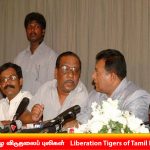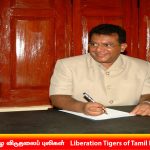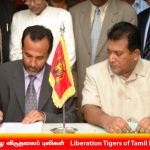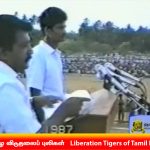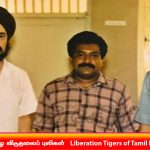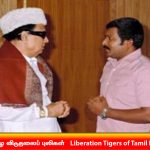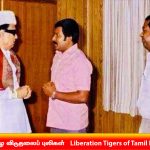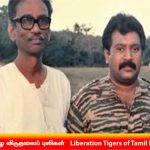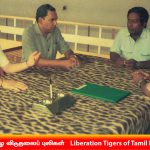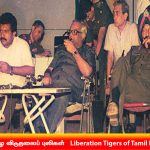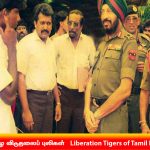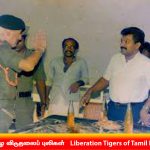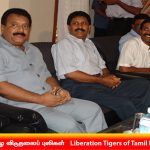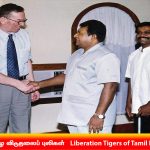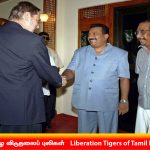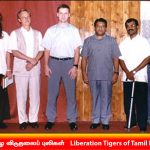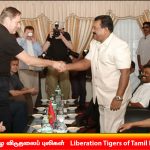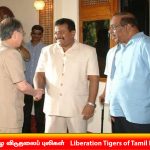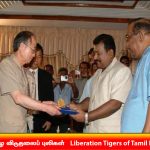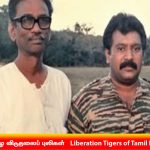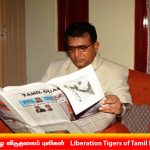

Headquarters

The new LTTE movement was renamed as the Liberation Tigers of Tamil Eelam (LTTE) on May 5, 1976. The national leader Prabhakaran was its political leader and military commander.
Some of the most stringent restrictions on the “New Tigers” movement were eased; legal frameworks were changed and implemented by the national leader Prabhakaran in the Liberation Tigers of Tamil Eelam (LTTE) movement, so that the entire Tamil Eelam people could participate in the liberation struggle.
In addition, under the national leader Prabhakaran, the organization was formed as an urban guerrilla organization and expanded into a revolutionary armed struggle of the people of Tamil Eelam, with the aim of a protracted people’s war for national liberation.
Realizing in his prophetic vision that the long guerrilla warfare route was the most appropriate for the unarmed, weak Tamil people to fight against the massive military might of the Sri Lankan Sinhala communal state, the national leader Prabhakaran formalized the guerrilla war as a precursor to their mass struggle. Commenting on this, the national leader Prabhakaran said, “Guerrilla struggle is a form of mass struggle. Guerrilla warfare is not contrary to the people’s struggle. People should take it as the supreme form of struggle. Guerrilla warfare takes the form of mass struggle only when it is conceived among the people and metaphorically expressed as an aspiration of the people. My aim is to establish the guerrilla struggle among the people and to involve the people directly in the war and to expand this system of war into a wider war.”
The national leader Prabhakaran divided the military operations of the Liberation Tigers of Tamil Eelam (LTTE) into three major divisions in the war; The Spy Force of the Sri Lanka Police, Destroying of the Sri Lanka Police Administration in Tamil Eelam and establishing civilian administrative structures suitable for the people of Tamil Eelam, thereby establishing autonomy in Tamil Eelam.
